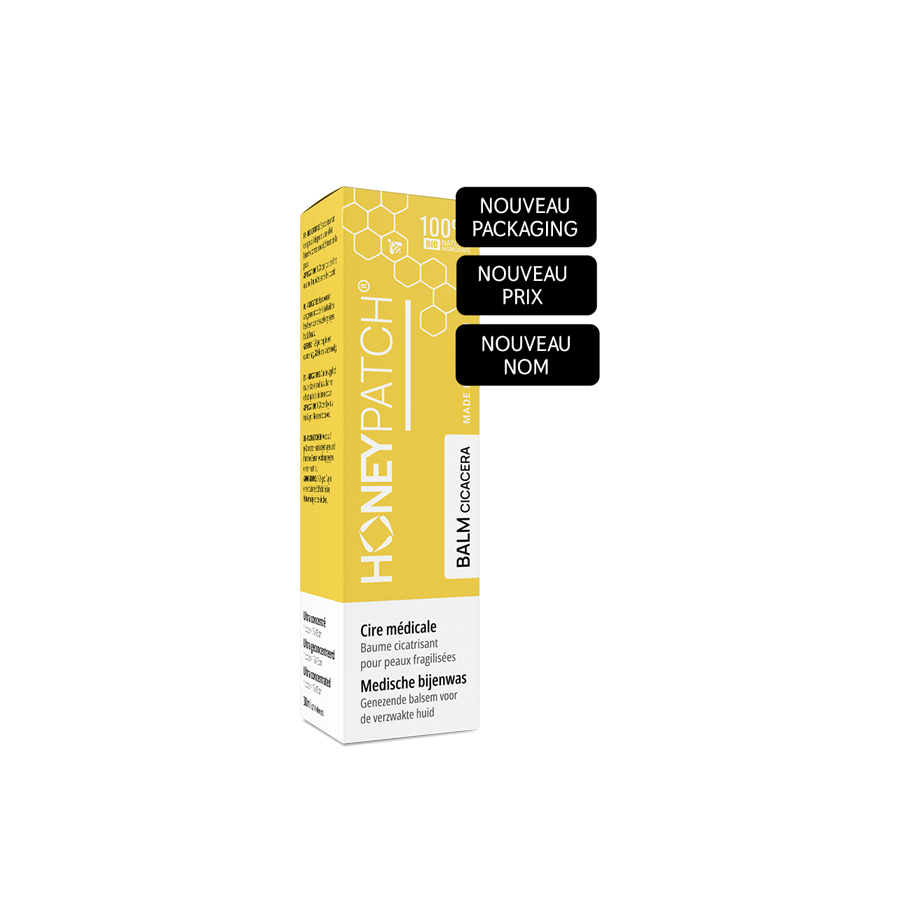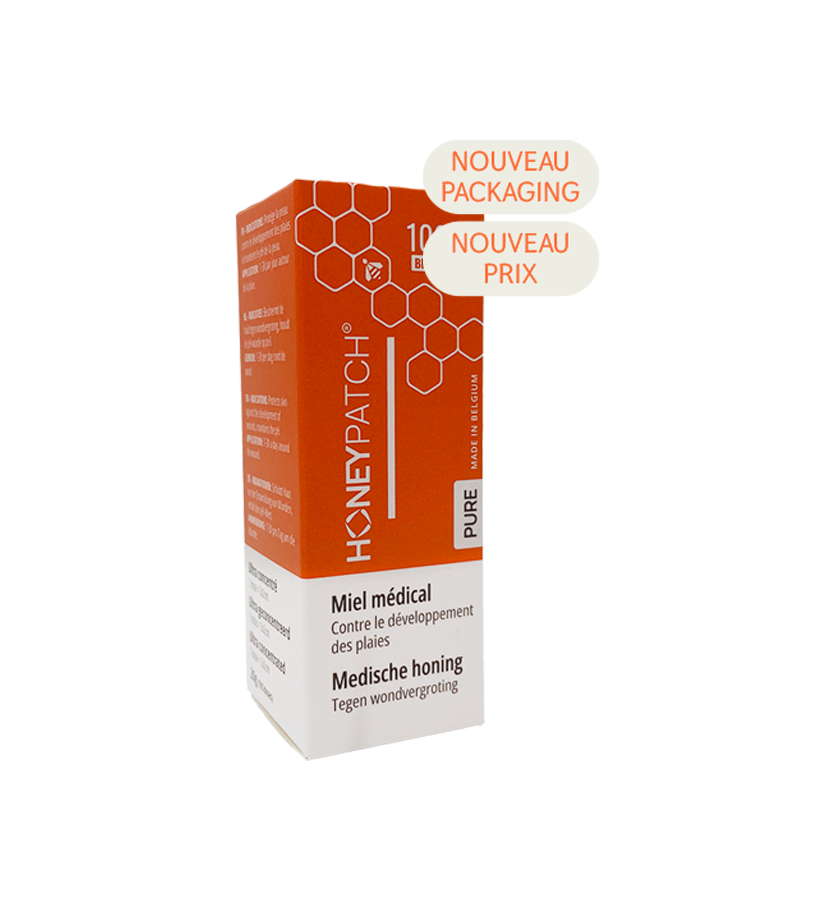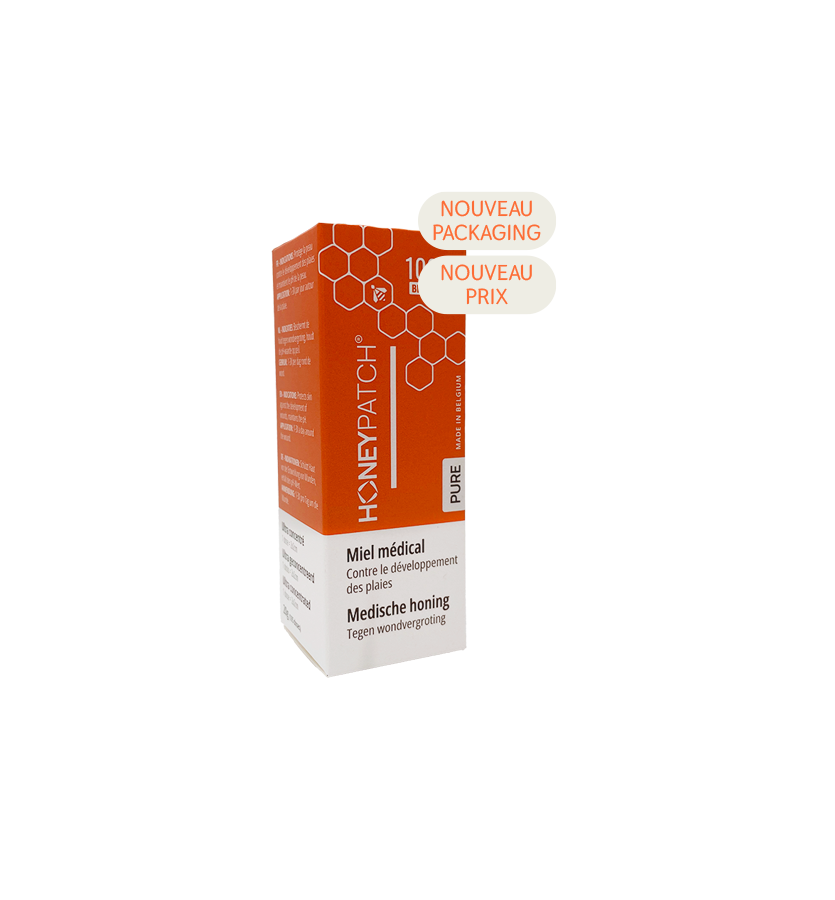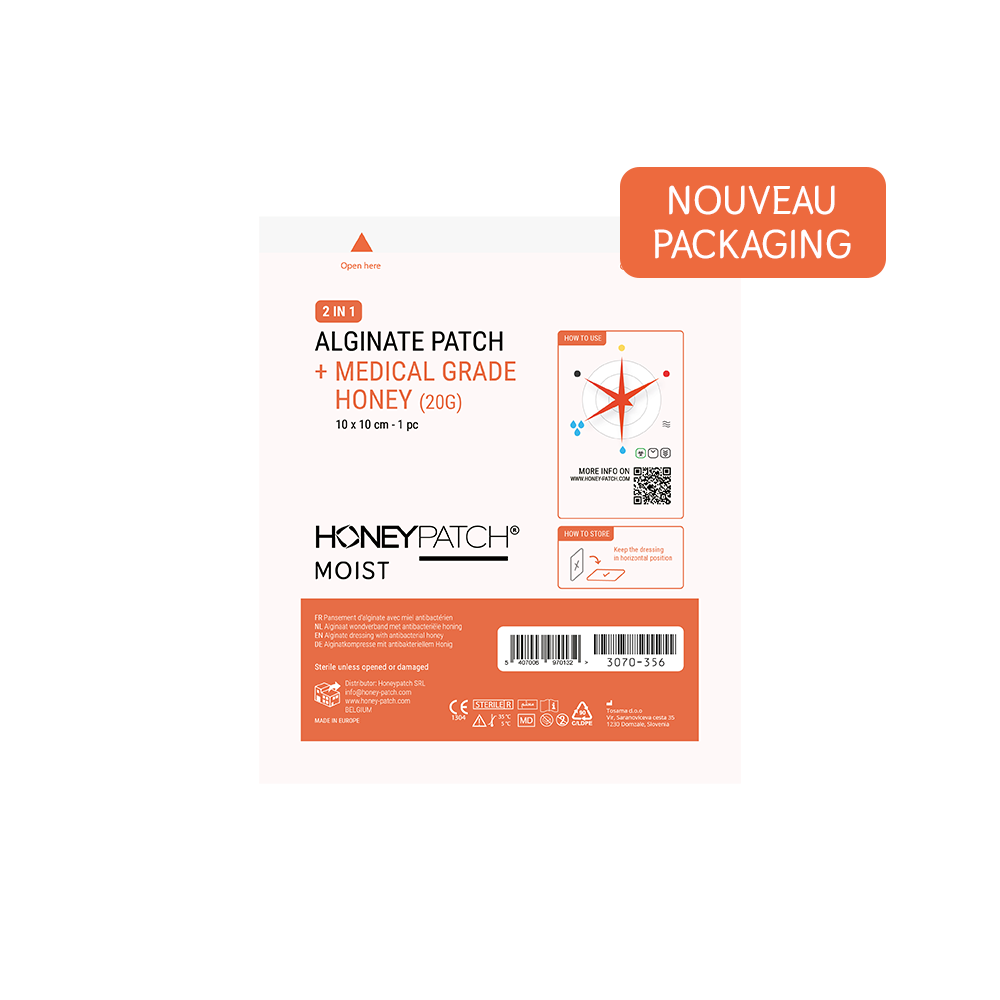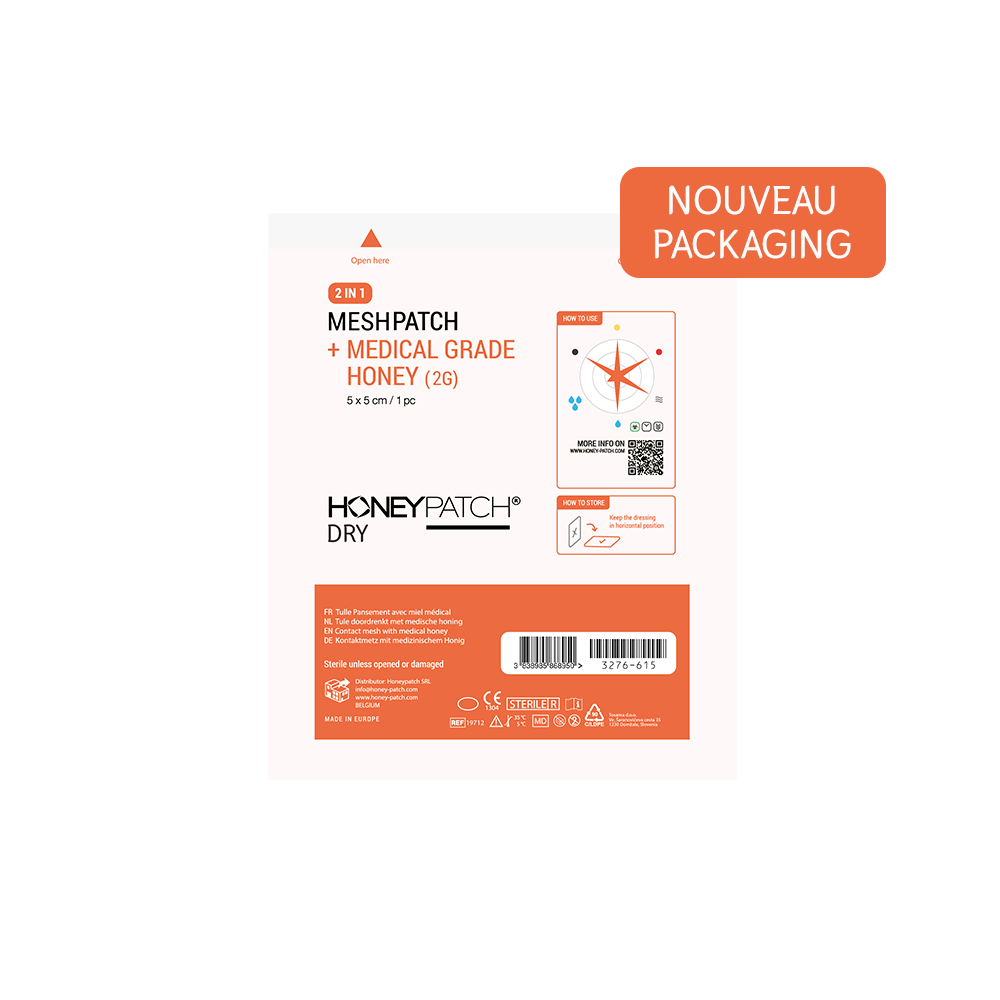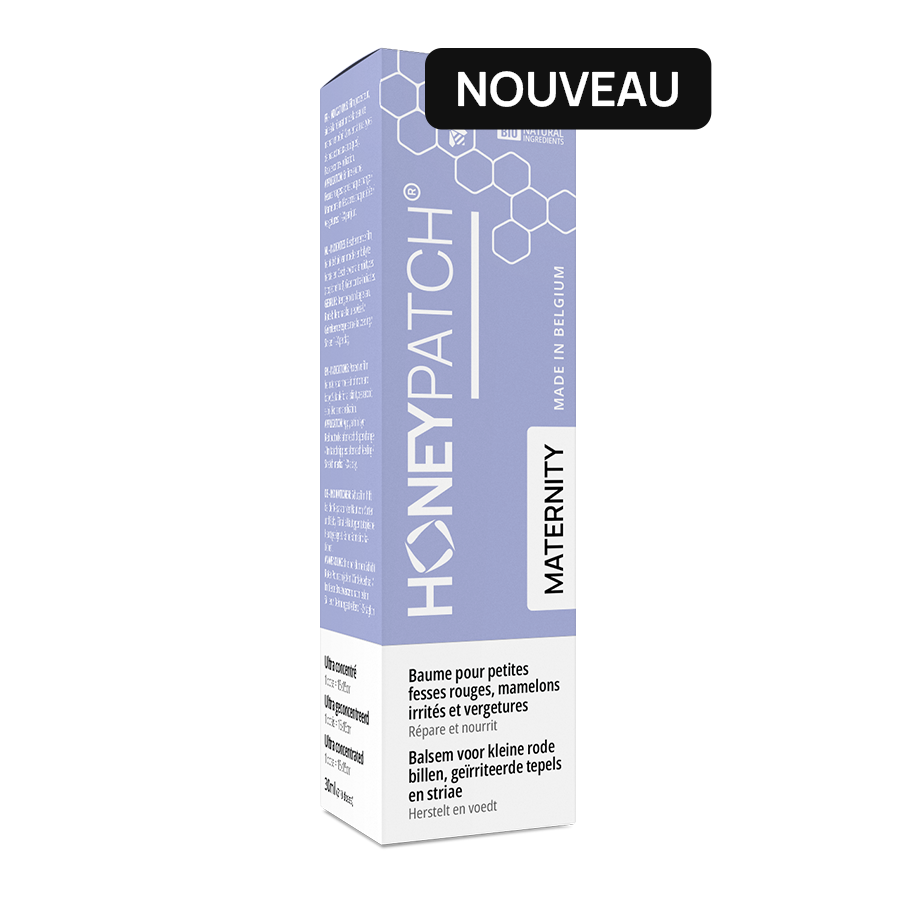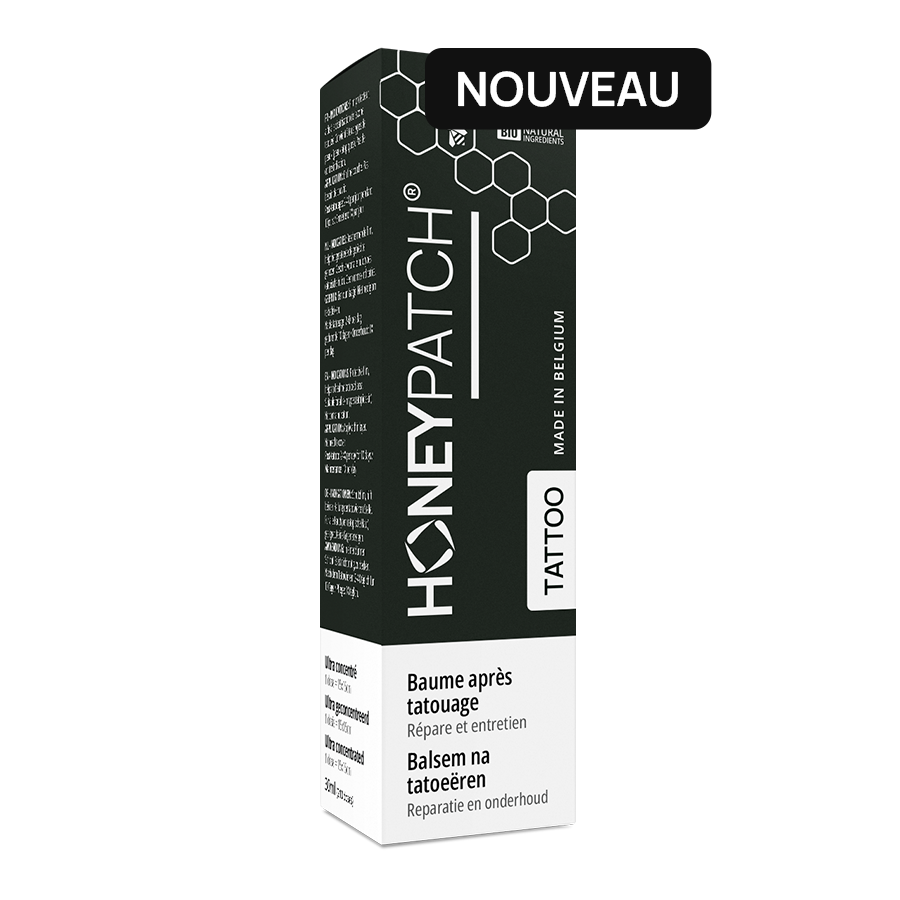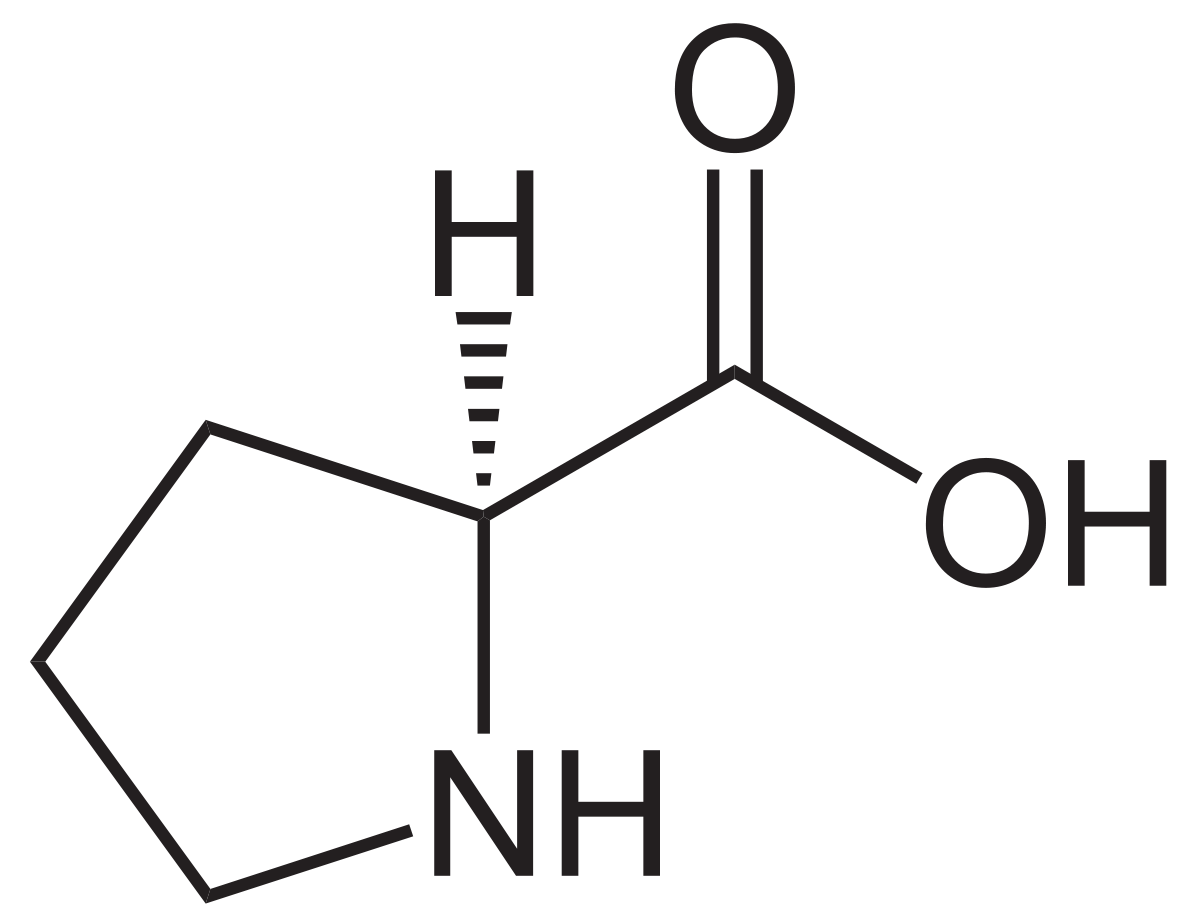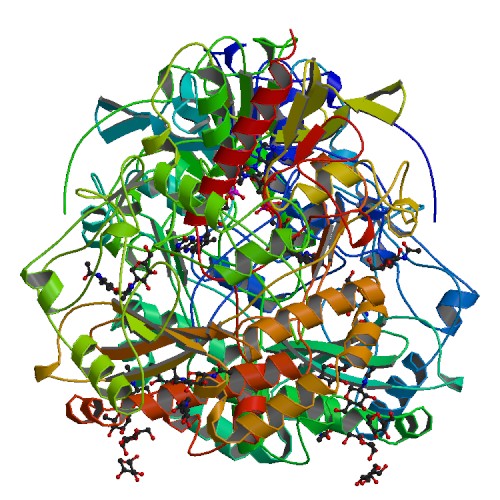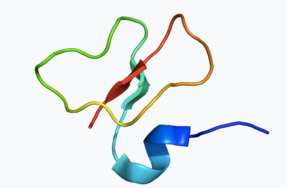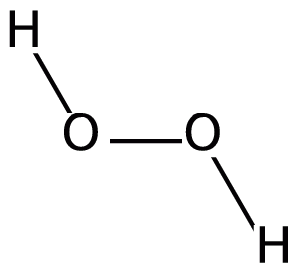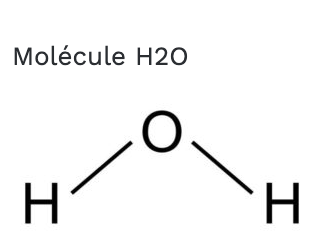The Proline
Proline is a cyclic amino acid, which contains an alpha-amino group and an alpha-carboxylic acid group. It is non-essential in humans, which means that the body can synthesize it from the non-essential amino acid L-glutamate. The proline content varies between honeys, therefore, this can also serve as an additional determinant of the quality of different honeys. Proline has an osmoregulatory role and is inserted into honey by the bee with enzymes. In a Slovenian study, the highest average amount of proline was found in chestnut honey: 617 mg/kg. Proline plays a role in wound healing, as collagen is primarily composed of proline and hydroxyproline. In the study by Aydin et al. (2018), the effects of local and systematic administration of proline on wound healing were examined. This study confirmed the positive wound healing effects of proline.

